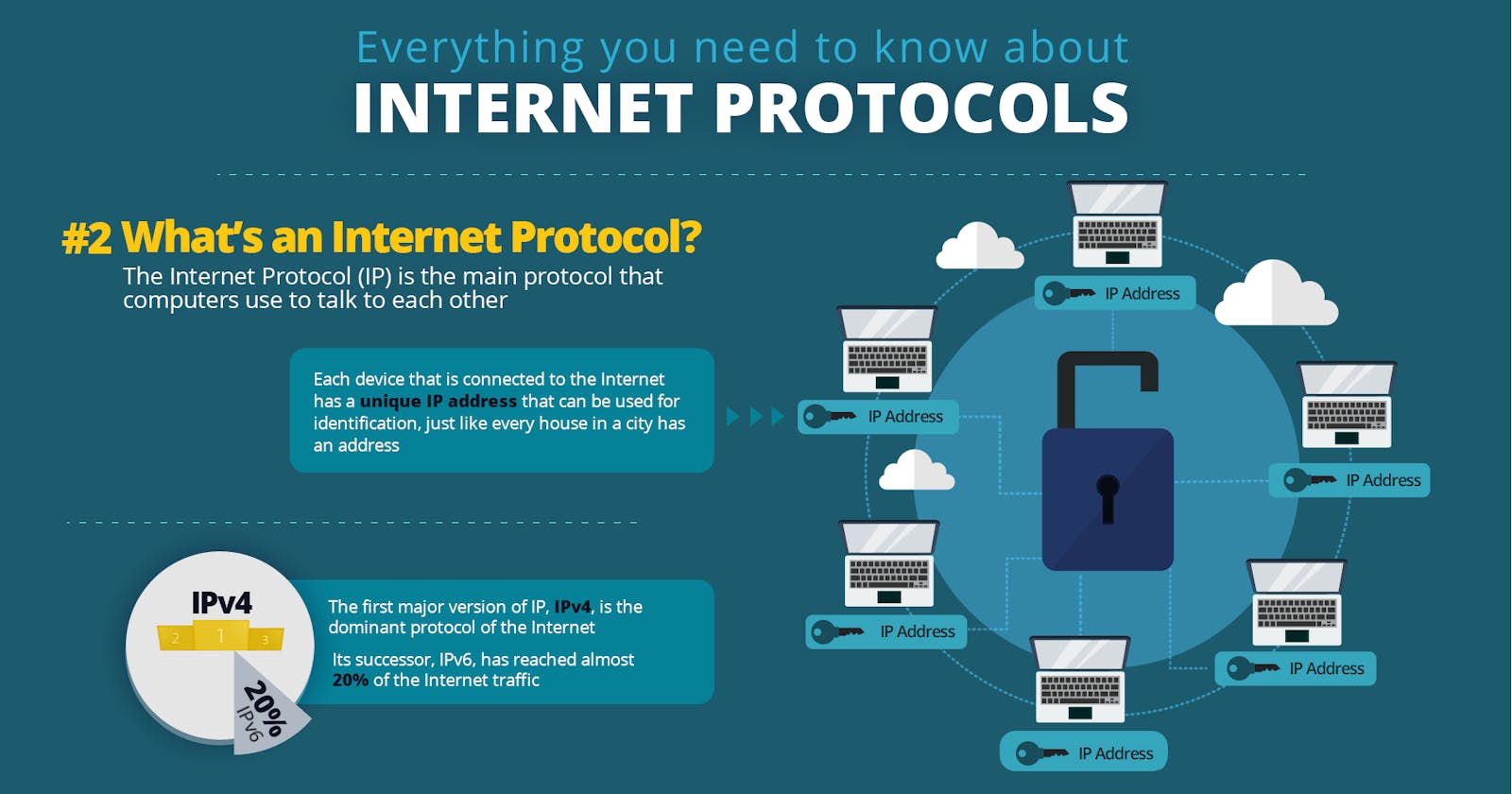Email is a common communication method that we all know about.
But before existed the alternative was to send mail to one another through
the postal system.
There is a surprising parallel between the postal system and
how the computer sends and receives data across the internet every day.
Let's compare how they both work.
Data sent across the internet is quite an important part of our
everyday lives and
it wouldn't be possible without Internet Protocol addresses or IP addresses.
A useful way to think of IP addresses is that they function much like
addresses in a postal system that make it possible for
packets of information to be delivered to you.
And like with the postal system, things can go wrong.
But let's first go over how things work.
Before we think about how they can go wrong in this video you will learn what
IP addresses are and explore how computers send data across the internet.
You probably learned how computers connect to each other to form networks and
how these networks connect to each other to form the internet.
When you send data between computers across the internet,
a common way of understanding that data is needed by computers and
networks that the data travels across.
What makes that possible is the Internet Protocol.
Version four and version six are currently the two most widely used
standards of internet protocol.
Think of the old-fashioned postal system again when you send a letter to a friend
you need their address otherwise they won't receive your letter.
Computers work in a similar way.
Every computer on a network is assigned an IP address.
In protocol version four an IP address contains four octets.
It's separated by periods or dots.
For example 192.0.2.235.
In protocol version six.
An IP address contains eight groups of hexadecimal digits separated by a colon.
For example
4527:0a00:1567:0200:ff00:0042:8329.
Play the video starting at 2:11 and follow the transcript2:11When you send data across a network, you send the data as a series of messages called IP packets. Also known as datagrams at a high-level IP packets contain a header and a payload or the data. Think of that old-fashioned postal system again, when you send a letter. You not only include the recipient's address but also your own address in case a return location is needed. IP packets are the same. They include the destination IP address and source IP address. These addresses are in the header along with some additional information to help deliver the packet. And the payload contains the data of the packet and some of the other protocols which will cover in a moment. Earlier I mentioned that things can go wrong with the postal system. When sending multiple letters to a friend they may arrive out of order. It's possible that a package will get damaged or if you're really unlucky a letter could get lost. These issues can happen to IP packets too they can arrive out of order, become damaged or corrupted in transit or be dropped or lost during transit. To solve these problems, the payload part of the packets contains other protocols too. You can think of them as another message inside the payload of the IP packet. The two most common protocols are the Transmission Control Protocol referred to as TCP and the User Datagram Protocol, also known as UDP. TCP can solve all three of the previously mentioned issues but at the cost of a small delay when sending the data. This protocol is used for sending the data that must arrive correctly and in order such as text or image files. UDP solves the corrupt packet issue but packets can still arrive out of order or not arrive at all. This protocol is used for sending data that can tolerate some data loss such as voice calls or live video streaming. Both of these protocols contain payloads that contain further protocols inside of them and there you have it. The internet uses internet protocols much like an old-fashioned postal system. These protocols can help to make sure that data arrives in order and does not become corrupted or lost or dropped during transit. Now you're able to explain how IP addresses work and how computers send data across the internet.
